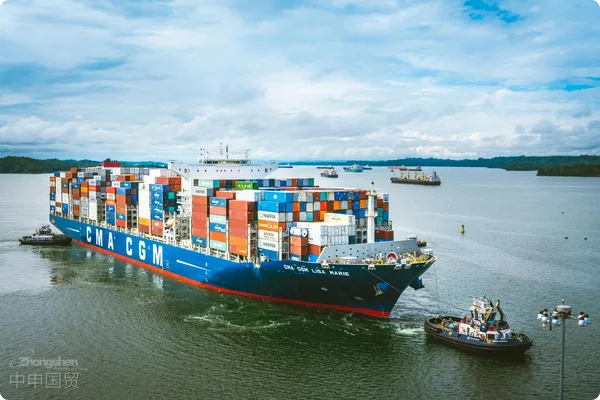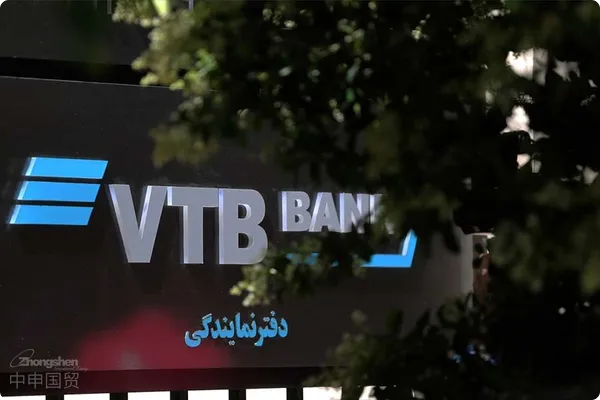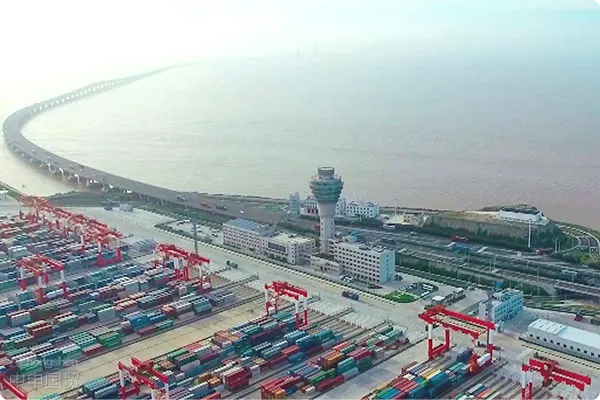- Shanghai Zhongshen International Trade Co., Ltd. - Two decades of trade agency expertise.
- Service Hotline: 139 1787 2118
Home ? Import Representation ? Complete guide to olive oil import clearance: Have you noticed these details?
Want to introduce premium olive oil to domestic market but troubled by cumbersome import procedures and strict food safety standards? Qualification processing, document review, label pre-approval, sampling inspection... Each step is crucial, and any oversight may lead to return shipping risks.

I. Core Content
- Handling of access qualifications
- Agent application for Automatic Import License (regulatory condition 7)
- Overseas manufacturer registration (Customs General Administration filing system)
- Domestic Consignee Registration (requires Food Business License)
- Documentation Services
- Review Country of Origin Health Certificate (including proof of acidity ≤3.3%)
- Create Chinese Labels (compliant with GB 7718 standard)
- Handle Pre-approval Label Stamping (submitted to Customs Technology Center for verification)
- Inspection and Testing Support
- Coordinate Third-party Comprehensive Testing (17+6 specified indicators)
- Handle Expedited Laboratory Testing (reduced to 3 working days)
- Issue Health Certificate Bridging Documents (mutual recognition of test results)
- Logistics and Customs Clearance Services
- Arrange DDP Terms Shipment (including temperature-controlled containers)
- Pay Comprehensive Taxes and Fees (10% tariff + 13% VAT)
- Handle Wood Pallet Fumigation Certificate (ISPM15 standard)
II. Operation Process
| Stage | Key operations | Determine the agency method (self - operation/entrustment) |
|---|---|---|
| Contract signing | Confirm HS Code (1509900000) Agreeing on DDP terms | Handling of Pre - approval |
| Preparation for Shipment | Apply Pre-approved Chinese Labels at Origin Test SamplesAir TransportationPre-inspection | 5 - 7 working days |
| Port Clearance | Exchange Bill of Lading Submit Automatic Import License | 1 working day |
| customs inspection | Sample and Send to Laboratory for Testing Verify Label Consistency with Registration | 5-8 Working Days |
| Certificate Issuance for Sales | Apply Traceability QR Code Apply for Entry Inspection and Quarantine Certificate | Pre - shipment Preparation |
III. Risk management key points
- Document Risk Control
- Triple VerificationIt is recommended to verify through the following methods:(must specify olive oil variety)
- Verify Health Certificate Issuing Authority (EU requires designated official agency)
- Quality Dispute Handling
- Retain 15% Payment Pending Laboratory Test Approval
- Establish Return Shipment Emergency Channel (special protocol for acidity exceedance)
- Label Compliance Control
- Prohibited claims such as treatment and special effects,
- Nutrition facts table must indicate trans-fatty acid content
IV. Fees and Time Efficiency
| Project | Standard fee | Expedited fee |
|---|---|---|
| Agent service fee | 1.5%-3% of goods value | +0.3% expedited fee |
| Laboratory testing | ¥8,000-15,000 per batch | Double fee |
| Customs clearance cycle | 12-18 working days | 5 working days (guarantee required) |
Note: For extra virgin olive oil, special attention should be paid to the peroxide value index (≤10 meq O2/kg). Wooden packaging must be pre-treated with fumigation certificates, otherwise a re-stowage fee of ¥2,000/container will be incurred.
Related Recommendations
? 2025. All Rights Reserved. Shanghai ICP No. 2023007705-2  PSB Record: Shanghai No.31011502009912
PSB Record: Shanghai No.31011502009912










